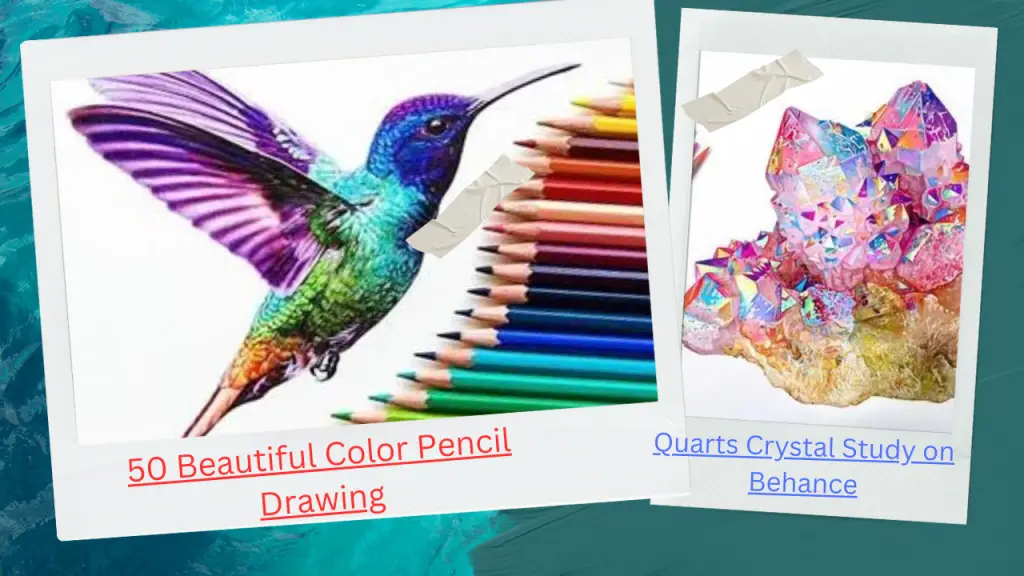Ortho BugClear Lawn Insect Killer1: Treats up to 16,500 sq. ft., Protect Your Yard & Garden Against Ants, Spiders, Ticks, Armyworms, Fleas & Grubs, 10 lbs.
$4.99 (as of May 3, 2024 20:41 GMT +00:00 - More infoProduct prices and availability are accurate as of the date/time indicated and are subject to change. Any price and availability information displayed on [relevant Amazon Site(s), as applicable] at the time of purchase will apply to the purchase of this product.)Colored Pencils vs. Watercolors: Which Wins the Battle?
Artists, whether seasoned or just starting, often find themselves at a crossroads when it comes to choosing their medium. Should you wield the precision of colored pencils or embrace the fluidity of watercolors? This age-old debate has ignited the passions of art enthusiasts everywhere. In this article, we’ll explore the qualities and quirks of colored pencils and watercolors to help you decide which medium suits your artistic vision best.
Colored Pencils: The Contender
The Art of Colored Pencils
Colored pencils are like the reliable old friend of the art world. They offer precise control, allowing artists to create intricate details and achieve photo-realistic effects. Whether you’re sketching portraits or landscapes, colored pencils are your trusted ally.

Pros and Cons of Colored Pencils
Pros:
- Precision and control.
- Layering for depth and texture.
- Portable and mess-free.
- Wide range of colors and hues.
Cons:
- Limited blending capabilities.
- Time-consuming for larger projects.
- Can smudge or fade over time.
Watercolors: The Challenger
The Beauty of Watercolor
Watercolors are like the free-spirited, unpredictable artist at the gallery. They flow and blend, creating stunning, ethereal effects. The transparency of watercolors adds a unique charm to your artwork.
Pros and Cons of Watercolors
Pros:
- Fluidity and spontaneity.
- Versatile for various styles.
- Quick drying time.
- Minimal equipment required.
Cons:
- Unpredictable for beginners.
- Harder to correct mistakes.
- Limited color layering.
The Battle Begins
Choosing the Right Medium
Choosing between colored pencils and watercolors depends on your artistic goals. Colored pencils excel in precision and detail, while watercolors offer a fluid, expressive touch. Consider your subject, style, and personal preferences.
Techniques for Beginners
For those new to the art world, colored pencils might be the safer bet. Start with basic techniques like blending and shading. Watercolors, on the other hand, require patience and practice to control.

Advanced Artistry
Creating Realistic Effects
If realism is your goal, colored pencils can bring your vision to life. Layer colors to achieve depth, and use techniques like burnishing for a smooth finish. Watercolorists can also achieve realism with careful layering and glazing.
Mixing Media: A Creative Fusion
Why choose when you can have both? Some artists blend colored pencils and watercolors to create unique textures and effects. Experimenting with mixed media can take your artwork to new heights.
Conclusion
The battle between colored pencils and watercolors rages on, but there’s no clear winner. It all boils down to your artistic aspirations and style preferences. If you crave precision and detail, colored pencils are your allies. For those who seek fluidity and spontaneity, watercolors beckon. Why not try both and let your creativity flow?
FAQs
- Can I use colored pencils and watercolors together in the same artwork?
- Absolutely! Mixing these two mediums can result in striking effects and textures. Experiment and see what works for you.
- Are watercolors suitable for beginners?
- While watercolors can be challenging for beginners, they offer a unique learning experience. Start with simple projects and gradually build your skills.
- Do I need special paper for watercolors?
- Yes, using watercolor paper is recommended, as it can handle the water and pigment without warping or tearing.
- Which medium is more cost-effective in the long run?
- Colored pencils tend to last longer than watercolor supplies, making them a more cost-effective option for some artists.
- Can I create vibrant, colorful art with colored pencils?
- Absolutely! Colored pencils offer a wide range of vibrant colors, and with proper layering and blending techniques, you can create stunningly colorful artwork.




